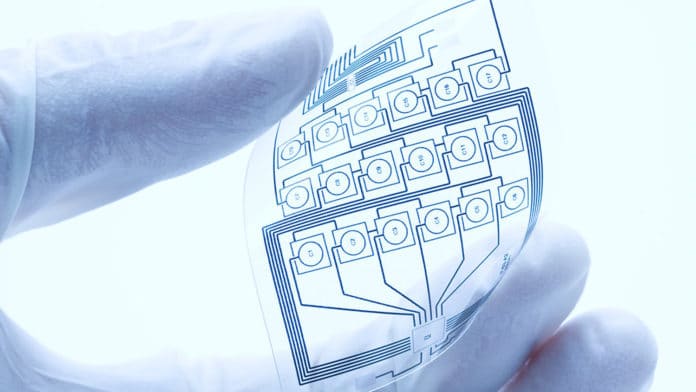Scientists at the University of Bath have found a way to create thin and defectless single-crystal flake devices. The devices could potentially make better components for quantum computers.
This discovery was made while exploring the junction between two layers of the superconductor niobium diselenide (NbSe2) after these layers had been cleaved apart, twisted about 30 degrees with respect to one another, then stamped back together. Scientists successfully developed a Superconducting Quantum Interferometer Device (SQUID) in cleaving, twisting, and recombining the two layers.
Superconducting quantum interference devices (SQUIDs) are critical components in developing ultrasensitive electric and magnetic measurement systems. They are, in reality, sensitive sensors used to measure tiny magnetic fields. This makes them useful in areas such as healthcare magnetoencephalography and mineral exploration.
Professor Simon Bending, who carried out the research together with his Ph.D. student Liam Farrar said, “Due to their atomically perfect surfaces, which are almost entirely free of defects, we see the potential for our crystalline flakes to play a significant role in building quantum computers of the future.”
“Also, SQUIDs are ideal for studies in biology—for instance, they are now being used to trace the path of magnetically-labeled drugs through the intestine—so we’re very excited to see how our devices could be developed in this field too.”
“This work on SQUIDs made using NbSe2 flakes is very much at the start of its journey. This is a completely new and unexplored approach to making SQUIDs, and a lot of research will still have to be done before these applications become a reality.”
Scientists developed single-crystal flake devices using extremely thin single crystals. The crystals are 10,000 times thinner than human hair. As they can easily bend, hence can be used in flexible electronics.
The flakes create atomically sharp interfaces between the layers of NbSe2. This makes them favorable to be used in quantum computing.
However, this is the first demonstration of quantum interference between two such junctions patterned in a pair of twisted flakes. This could allow scientists to modulate the maximum supercurrent through their SQUIDs by applying a small magnetic field, creating a susceptible field sensor.
Journal Reference:
- Liam S. Farrar et al., Superconducting Quantum Interference in Twisted van der Waals Heterostructures, Nano Letters (2021). DOI: 10.1021/acs.nanolett.1c00152
